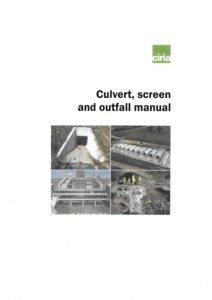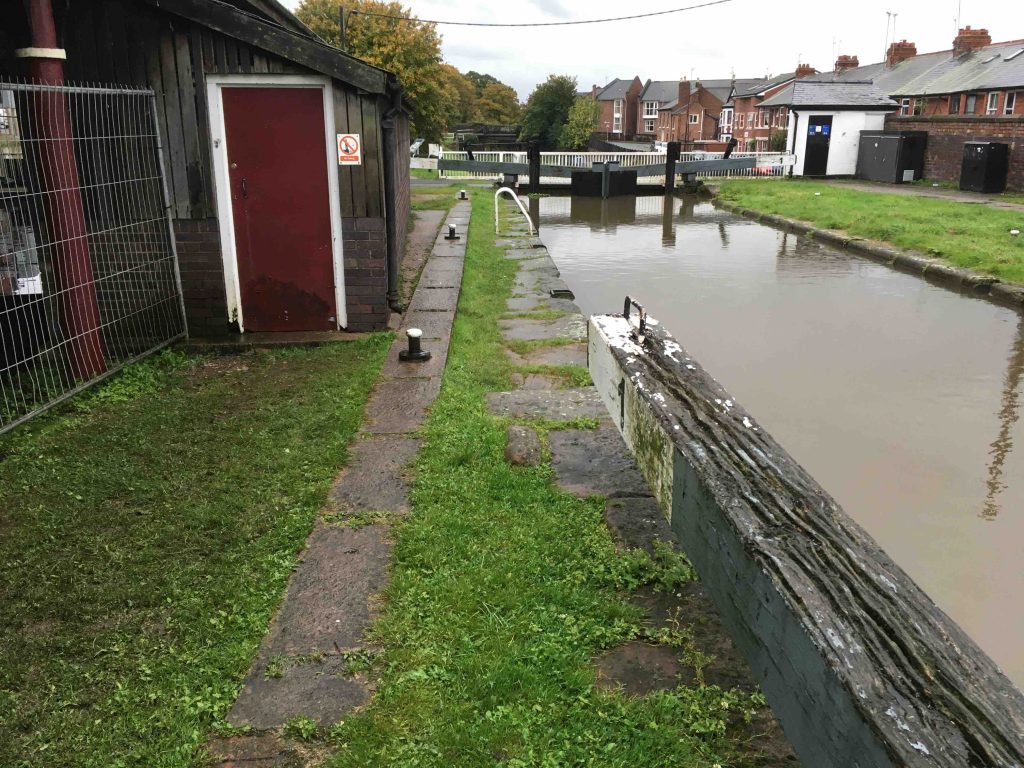It was obvious to even the most casual of observers that none of the work conformed to any regulation or standard.

CRT had decided not to make the appropriate agencies such as Building Control, the Health & Safety Executive or Historic England aware of their major modifications and underpinning work.
The Construction, Design and Management (CDM) regulations requires CRT to provide documentation to the operator of the dry dock explaining their modifications. This has been refused.
It is particularly strange that CRT’s designer chose to ignore the regulations on culverts when their employer was part of the steering group that created the regulations (Culvert, screen and outfall manual CIRIA C786).

The contractors shut the sluice to the modified culvert and removed their tarpaulin from the dry dock lock gates. Water began to leak through the old lock gates into the dry dock allowing it to slowly refill.
The towpath was reinstated, the fencing was removed and on the 19th June 2020 Kier Construction PLC left the site.

The adjacent canal lock was un-padlocked and canal boats could again use the Chester toilet pump-out facility.

The original dry dock culvert had been in use for 225 years and did not fail through any fault in its design. In fact the original design was extremely well considered and constructed. The culvert is only in use when the dry dock is drained and was not being used when the sink hole appeared.
CRT has not maintained the surrounding canal structures which has allowed canal water to seep into the surrounding area. This relentless flow of canal water has made its way through the northern side wall of the culvert which in turn failed causing the culvert roof to collapse.
It could be clearly seen that no consideration had been given to the cause of the culvert failure. Once the canal lock was back in use water began flowing though the new modifications.
CRT now decided to start work on replacing the dry dock lock gates.